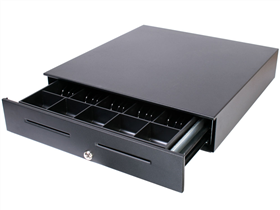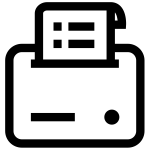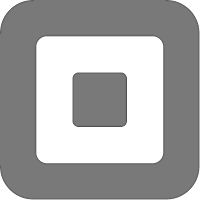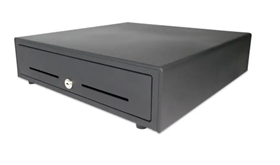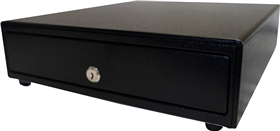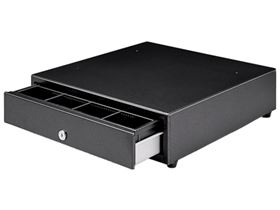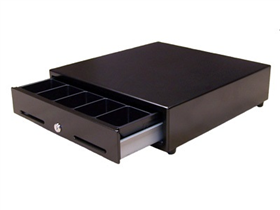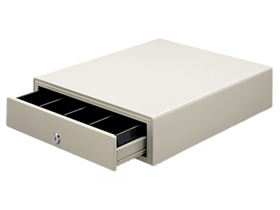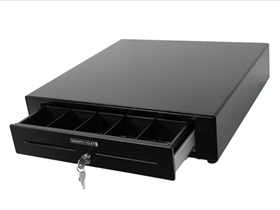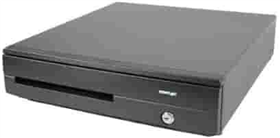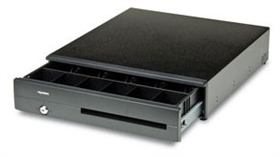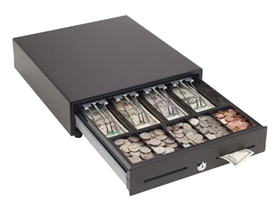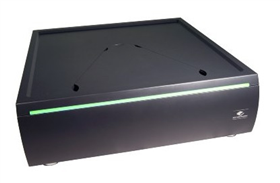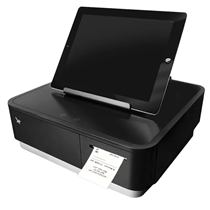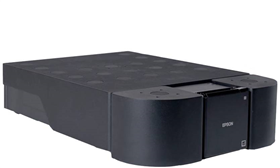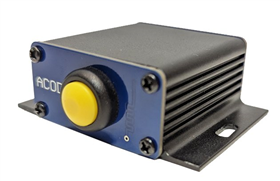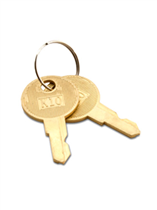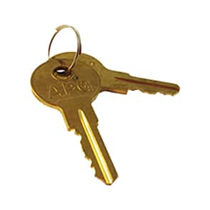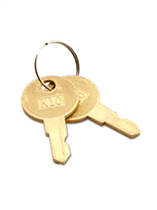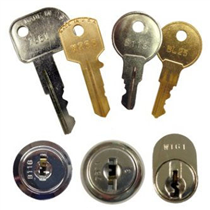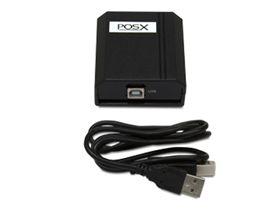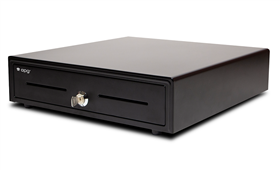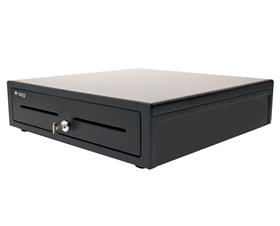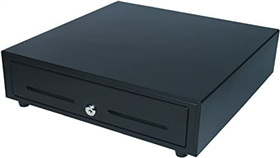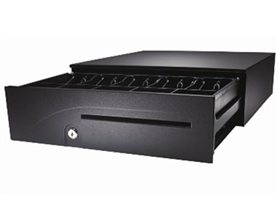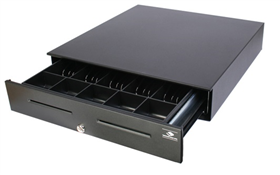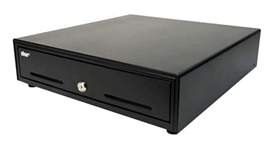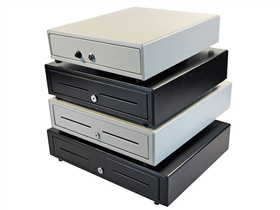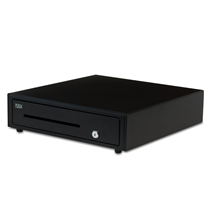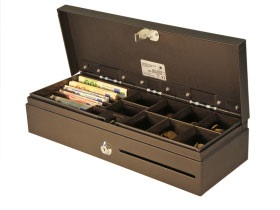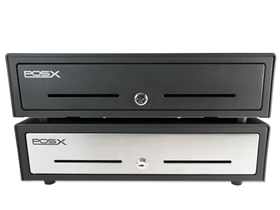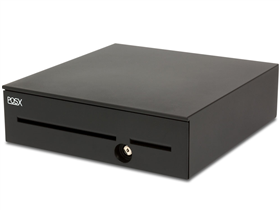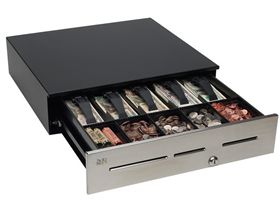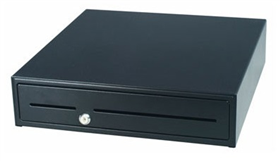If you accept payment other than credit cards at your business, a cash drawer is a vital addition. They are a secure and organized way to store payment during business hours, helping you mitigate loss and keep accurate cash flow. We have separated our cash drawer offerings into three distinct groupings: Heavy Duty, Medium Duty, and Manual Drawers.
Types of Cash Drawers
Heavy Duty Cash Drawers
These drawers are designed for the kind of high-volume cash payment businesses such as bars, restaurants, or convenience stores. They're built with reinforced steel frames, ensuring that money stays put. In these high-volume businesses, the drawer is opened continually, and so the roller system and latching mechanism is reinforced for maximum uptime. In general, if you buy a heavy duty drawer, you won't have to worry about replacing it.
Medium Duty Cash Drawers
For smaller businesses looking for a more affordable option, medium duty drawers are a good fit. They sacrifice some of the reliability and durability of heavy duty drawers, but are still a solid option for retailers with set hours and low to medium volume foot traffic. Department stores, corner grocers, or clothing boutiques are an ideal fit for a medium duty cash drawer.
Manual Cash Drawers
If you don't have a receipt printer or computer to open your drawer, you'll want to look into a manual cash drawer. These are opened by pressing a button on the front or pushing on the face of the drawer, eliminating the need for additional hardware and software to operate it. Fantastic for mobile POS applications such as food trucks or farmer's market booths, these drawers have seen a recent resurgence in usefulness.
Types of Interfaces
There are more than a few ways to automatically open your non-manual cash drawer. These methods send an electrical signal to a locking system, releasing the drawer while a spring pushes it open.
Printer-Driven Interface
These drawers are connected to your receipt printer by a special cable. When you send a print job, such as at the end of a transaction, the printer will send an electric signal to open your drawer. This method is the most common way to open a cash drawer, as almost every checkstand or point of sale station will have a receipt printer at it.
Computer-Driven
If you have a full-size printer, or no printer at all, you can open your drawer by connecting it directly to your PC, usually via USB or Serial interfaces. This option is great for businesses that may take payment but use a different method for receipts/invoices, such as mechanics, pharmacies, or other invoiced services.
Ethernet-Driven
For in-store mobile POS, an Ethernet-driven cash drawer is a smart choice. These drawers plug directly into your network, and receive open commands from other connected devices. Rather than worry about a full POS system, employees can use their mobile device to scan an activation code on the drawer and open it when the transaction is complete. This is currently in use in Apple stores, allowing employees to move freely about the store without worry their drawer will accidentally open.
Bluetooth-Driven
Similar to ethernet-driven drawers, these drawers are opened wirelessly when scanning an activation code on your mobile device. You gain additional mobility with a Bluetooth-driven drawer, and so these are great for trade shows or farmer's markets, where you may not always be position behind a checkstand.
If you have questions about which cash drawer is right for you, feel free to call us and talk with one of our expert technical representatives: 1-800-903-6571.
